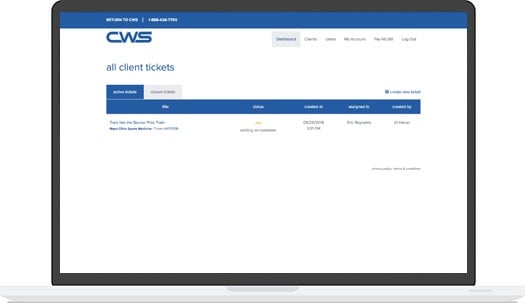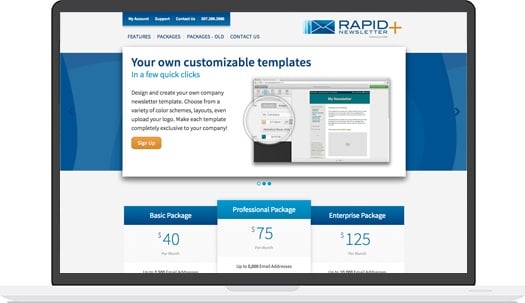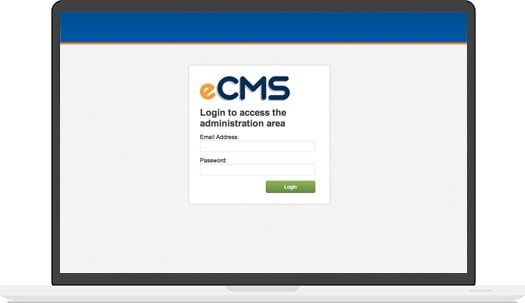The Internet, once only the home of computer nerds and hackers, has long since exploded into mainstream business. A new profession has sprung up in response - Search Engine Optimization (SEO), a service industry based on getting your site to the top of the search engine rankings and keeping it there.
The truth is that SEO boils down to three simple steps:
1. Build a great site
2. Incorporate keywords
3. Get other great sites to link to yours
That's the recipe that will continue to work no matter how often Google reprograms its search algorithms. Following these steps won't catapult you instantly to #1 in the rankings; it's more of a "slow and steady" strategy. But it's a lot better in the long run than resorting to shady SEO tactics that will put your site at the top of the results page... only until Google bans your site!
Building a great link structure has been a part of SEO for some time. However, thanks to Google's changing search algorithms, the ideal type of link structure has also changed. Here are some tricks that will help you build useful links.
Note: Throughout this article, Google is cited as the target for SEO. There are two reasons why it's best to focus on Google. First, it's the most frequently used search engine, so optimizing for Google will tend to bring in the most traffic. Second, Google has the most stringent requirements and elaborately programmed algorithms, so if you're doing well in Google- you're likely doing well in the other search engines.
Not all links are created equal
One strategy you should not rely on is soliciting links right and left. Links from important and reputable pages build your own site's reputation; links from less important sites help a little, but not as much; and links from certain shady sites are no good at all. An example of the last is the link farm, a site that's designed solely for the purpose of providing links to other sites in exchange for money. Google hates link farms with a passion and refers to them as "bad neighborhood" sites. Associate your site with several "bad neighborhood" sites and Google might decide your site is in that neighborhood, too.
On the other end of the link quality scale are the major informational sites and directories. Links from directories like DMOZ (the Open Directory Project) and Yahoo! can provide an impressive boost to your ranking. So can links from extremely reputable sites like CNN.com.
The quick rule of thumb when deciding if a site would be a good source of an inbound link is to look up that site's Google PageRank. You can get this information simply by installing the Google toolbar on your browser. Once the toolbar is installed, click on the Options button and select "PageRank display." Then you can browse to sites and their PageRank will display in the toolbar. As a rule of thumb, don't bother soliciting links from sites with a PageRank of less than 4 (PageRank works on a scale of 1-10, with 10 being the highest possible rank).
Get those links
So how do you get important sites to link to you? Start with having useful and relevant information on your site. If you have a page that's relevant to another site, just bringing this page to their attention can get them to link to you. After all, these sites want to be useful resources for their visitors and providing those visitors with great sources of information will keep them coming back.
Once you've identified an important site and have produced information that's useful to them, search that site for the webmaster's contact information. Call or email that person and suggest that they take a look at your site and, if interested, provide a link to it. This strategy isn't likely to get you a link from MSNBC.com, but it can work very well with smaller sites. Don't limit your searches to .com and .net sites, either - Google tends to look with particular favor upon .edu and .gov websites, so getting links from these sites can give your ranking even more of a boost.
Another way to build links fast is to set up reciprocal links - in other words, contact a webmaster and tell them that if they link to you, you'll link back to them. Having a few reciprocal links is fine but if you have too high a percentage Google will get suspicious. To be on the safe side, try to have at least 3 one-way links for every reciprocal link you build. This will create what Google calls a natural link structure.
Patience is a virtue
The techniques described above are not a magic bullet. Don't expect your site to immediately shoot up the results page. But if you take the time to build a solid, "natural" link structure, you will be able to get your site highly ranked, and you'll be able to keep it that way.

.jpg?t=1533315998368) How-To Articles
How-To Articles Support Portal
Support Portal Webmail
Webmail Rapid Newsletter+
Rapid Newsletter+ eCMS
eCMS


